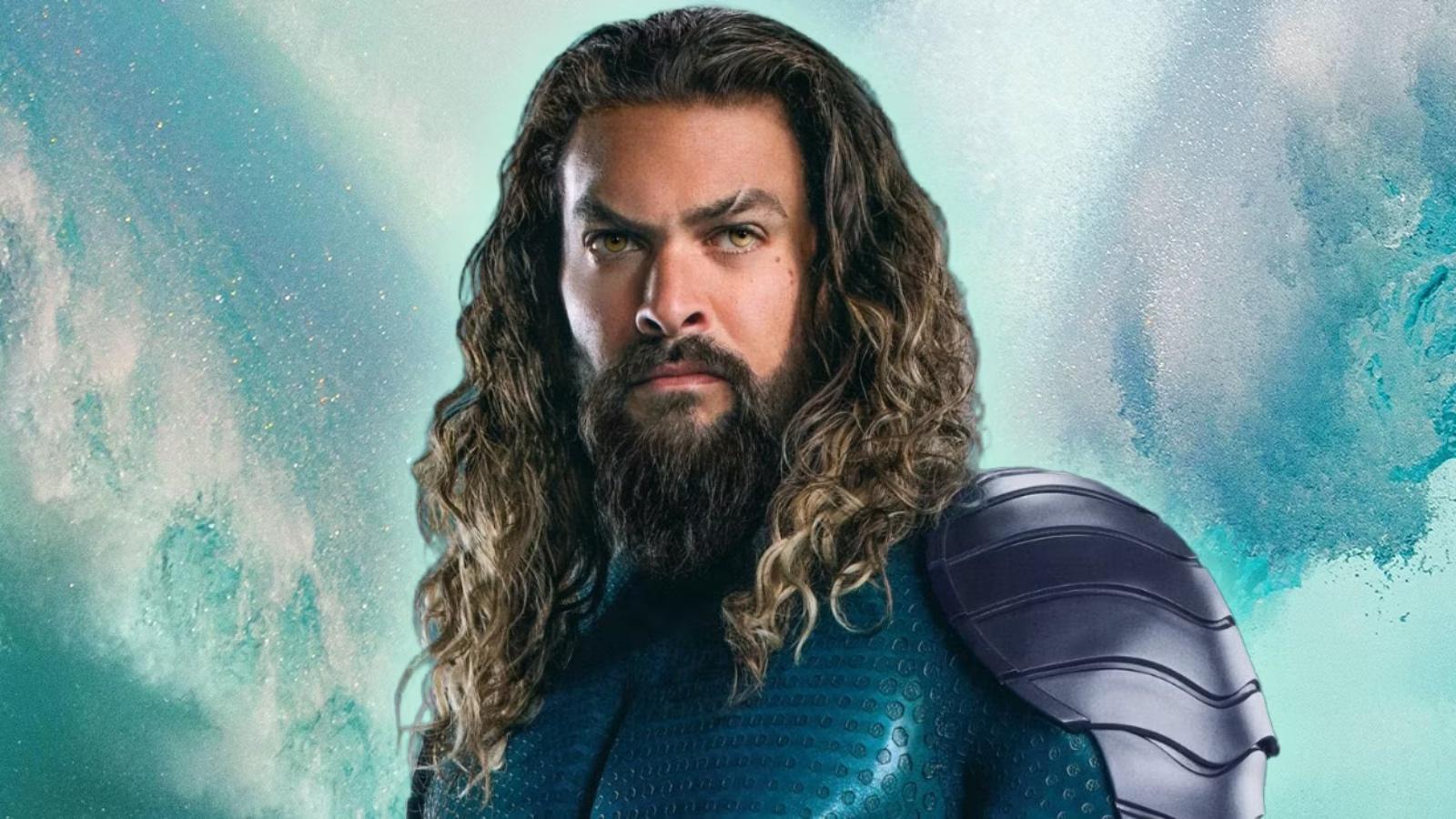DCEU, Uncategorized
9 DCEU Post-Credit Scenes That Ultimately Had No Significance
In retrospective analysis, the post-credit scenes within the DC Extended Universe (DCEU) stand out as missed opportunities that failed to capitalize on the potential of a shared cinematic universe. In stark contrast to Marvel’s meticulously crafted Infinity Saga, which provided a solid framework for interconnected storytelling, the DCEU struggled with creative conflicts and questionable decisions, leading to an unrealized and disjointed universe.
The article highlights nine specific post-credit scenes that not only failed to deliver on their intended purpose of building anticipation but also underscored the challenges the DCEU faced in establishing a cohesive narrative.
One such scene involves the encounter between Bruce Wayne and Amanda Waller, reminiscent of Nick Fury meeting Tony Stark in Marvel’s early cinematic universe. The meeting hints at the formation of the Justice League and introduces the idea of the Suicide Squad’s future, setting the stage for potential team collisions. Despite the promising start, this scene ultimately becomes a testament to the DCEU’s inability to capitalize on narrative threads effectively.
The Legion of Doom setup, originating in both versions of the post-credit scene in Justice League, reflects the creative divergence between Joss Whedon and Zack Snyder. Whedon’s version is more straightforward, with Lex Luthor proposing a villain team to challenge the Justice League. In contrast, Snyder’s version delves deeper, providing character insights and teasing a follow-up that could have led to a Justice League sequel and a solo Batman movie.

The future of Superman, as depicted in post-credit scenes from Justice League, Zack Snyder’s Justice League, and Black Adam, reveals conflicting visions of the iconic character. The theatrical Justice League portrays Superman as a wholesome paragon, while Snyder’s version presents him as an ominous threat. Black Adam further complicates the narrative by emphasizing a rivalry between Black Adam and Superman, creating a disjointed portrayal of the iconic superhero.
The post-credit scene in Shazam! introduces Dr. Sivana’s confrontation with the evil caterpillar genius Mr. Mind, promising a compelling future villain. However, the sequel’s uninspired choice of villains and lack of development for Mr. Mind in Shazam! Fury of the Gods highlights a missed opportunity to capitalize on the fantastical and weird elements introduced in the first film.
Lynda Carter’s cameo in Wonder Woman 1984 adds a nostalgic touch, casting her as an Amazon prototype of Wonder Woman. While initially a cute and fun idea, the cameo becomes unfortunate in hindsight, as subsequent DCEU films exploit nostalgia to a desperate degree, shifting focus away from the titular characters.

“The Suicide Squad” provides a rare example of post-credit scenes paying off, with Peacemaker and Weasel surviving, setting the stage for a spin-off series and an animated appearance. These scenes, while thematic rather than literal connections between projects, demonstrate a more successful execution within the DCEU.
In “Shazam! Fury of the Gods,” a scene featuring Zachary Levi’s Shazam being offered a spot in the Justice Society falls flat and feels pointless. Originally intended to feature the actual Justice Society members, the scene reflects Dwayne Johnson’s influence, as he sought to create more distance between Shazam and Black Adam.
“The Flash” features a scene where Barry Allen tries to give exposition to a drunk Aquaman, creating confusion and desperation. The attempt to maintain continuity amid DCEU reboots results in a poorly executed scene, with Barry emphasizing that Aquaman’s actor remains unchanged, a plea for viewers to accept the events of the first movie regardless of subsequent changes.

The final post-credit scene in “Aquaman and the Lost Kingdom” humorously depicts Patrick Wilson’s Ocean Master, the villain from DC’s most financially successful movie, eating a cockroach. This seemingly inconsequential and comical moment serves as an unexpected and somewhat absurd conclusion to the cinematic universe.
In summary, these post-credit scenes, intended to enhance the DCEU’s narrative and build anticipation, instead offer a glimpse into the challenges and missed potential of the universe. The juxtaposition with Marvel’s successful approach highlights the unrealized aspirations and pitfalls that plagued the DCEU’s attempt at creating a cohesive and interconnected cinematic experience.
We bring out some of the most well-known DCEU collection, all of which are available at reasonable costs. Visit our link now if you are interested in the DCEU collection


Silhouette, Dollar Bill, Hollis Mason, Mothman, Watchmen

